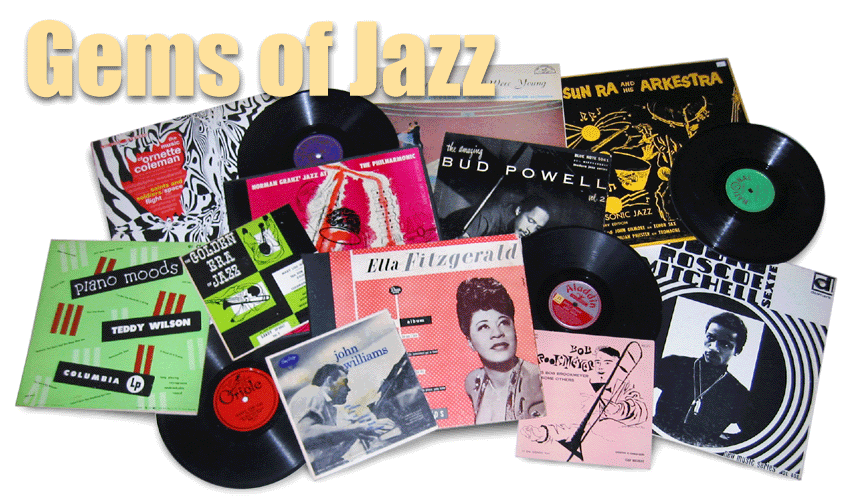 |
| Monk in San Francisco, about to record for Riverside and accompanied by a mirthful Pannonica deKoenigswarter, popsicle and SF Chronicle in hand. Wonder what Monk has just said? William Claxton photo |
Here's that bootleg I mentioned a couple of posts ago. A late offering for Monk's (now long-passed) birthday, we'll call it. A friend and visitor saw my reference to the Boris Rose bootleg which gave that earlier Monk posting its title, and he asked if I could upload the recording. Well, the way it works here at Gems is ... your wish is my command. So here 'tis.
 |
| The dapper Mr. Rose in his later years. |
Needless to say, I collected as many Rose records as I could back in those days, and this Monk release is one of the best of them. There are no real surprises here: Monk is his usual superlative self, and John Ore and Frankie Dunlop keep a lid on things with aplomb. Charlie Rouse, one of the unheralded greats on tenor, takes some wild liberties with the High Priest's melodies while the leader lays out. Too bad he stayed so long buried under Monk's genius. I wonder what Rouse would have done if he'd followed his own muse?
 |
| Daughter Elaine Rose with Boris' picture and a sampling of his massive tape archive. Wall Street Journal photo |
Of course, one of the great problems with a collection like the Rose archive is the copyright issue. Who owns the rights to all that recorded material? And if any of it is ever to be released, how will the producers properly compensate the artists and ASCAP, BMI and all the rest? These were niceties that never troubled Boris. He just put stuff out, collected two bucks for each LP and kept recording.
Kind of like what we bloggers do today (except for the two-bucks part).
But whatever the fate of the Rose archives, this is one of its better documents. I've left his clipped starts and stops in so you can savior the full Boris Rose effect. Otherwise, the sound on the record is pretty much just the way it was way back in 1963 when Monk spent a few nights broadcasting from Birdland. Thanks, Boris!
Spastic and Personal
Thelonious Monk
Alto AL 725
Thelonious Monk, p; Charlie Rouse, ts;
John Ore, b; Frankie Dunlop, d.
March 9, 16, 23, 1963; Birdland, New York, NY
1. Bright Mississippi
2. Epistrophy
3. ‘Round Midnight
4. Sweet and Lovely
5. Evidence
Find it here: https://www.mediafire.com/?tq3tcc37t4k6xhb







